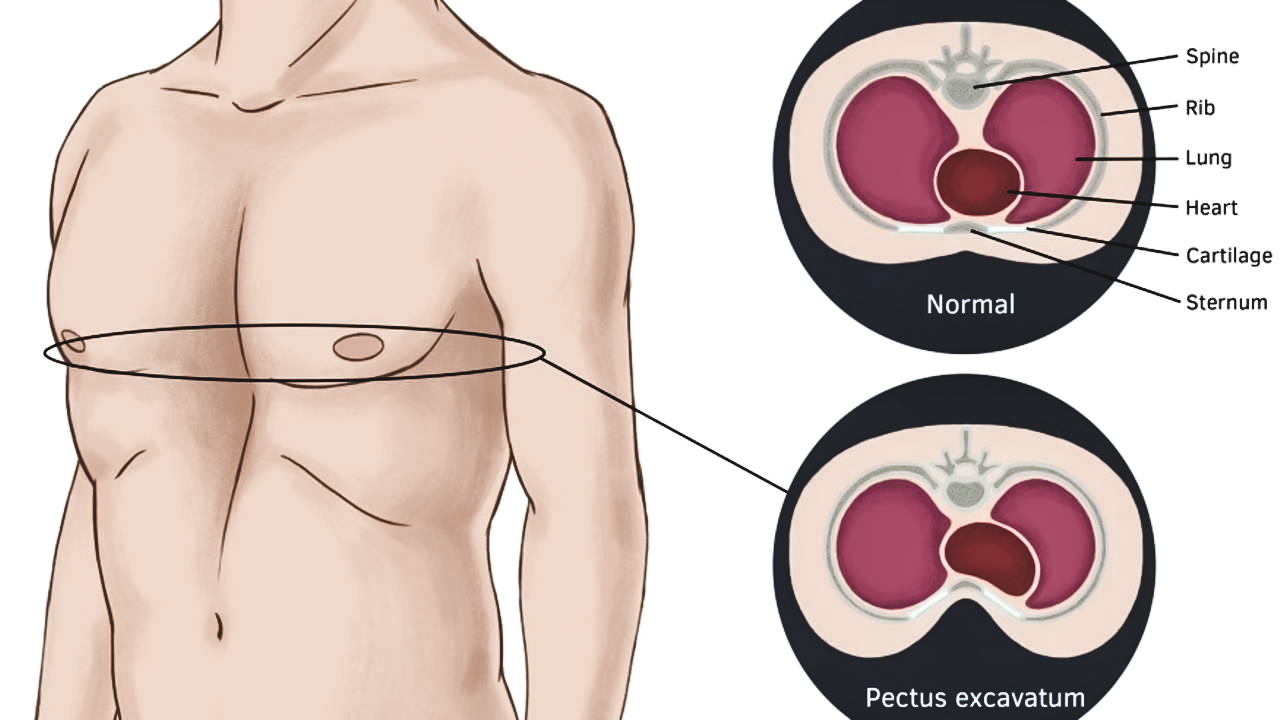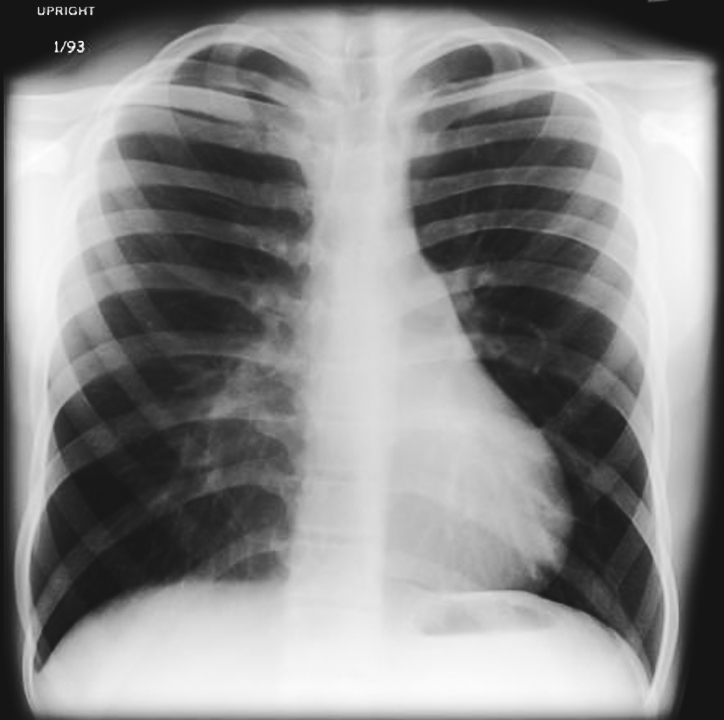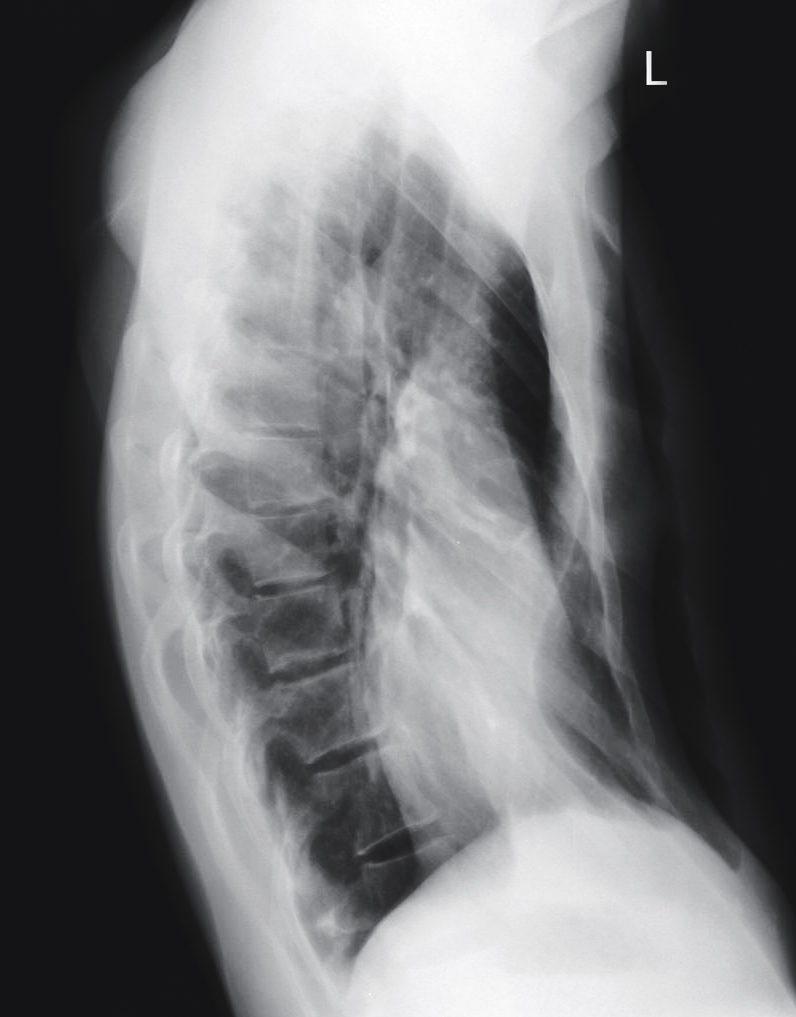Pectus Excavatum

About the condition
Pectus excavatum is a deformity of the chest in which the chest looks sunken or caved in. It occurs when the cartilage that holds the ribs to the breastbone has a defect and pushes the breastbone inward, leaving a deep dent in the centre of the chest between the pectoralis major muscles.
The cause of this chest deformity is unknown however it is more common among those with Down’s syndrome, Edwards syndrome, connective tissue disorders such as Marfan syndrome and those with homocystinuria or morquio.Pectus excavatum may be mild, moderate or severe and depending on each individual case, surgical repair may or may not be needed. For those who have more severe pectus excavatum the breastbone puts pressure on the heart and lungs, and the sunken chest creates issues with self-esteem and confidence, surgery may be needed to relieve the pressure and correct the deformity.
Signs & Symptoms
While the condition is categorised by a deep indent in the chest, children with pectus excavatum often won’t show any signs or symptoms until early adolescence when the conditions worsen due to the growth spurt at that age.
In the early teen years, mild to moderate cases may cause symptoms such as a small dent in the chest, shortness of breath during exercise or trouble breathing with various activities like playing the flute or singing. Late when rapid bone growth occurs in the early teenage years, the symptoms may become worse
- 1
Difficulty breathing which interferes with exercise
- 2
Limitations with physical activities
- 3
Tiredness
- 4
Chest pain
- 5
A rapid heartbeat or heart palpitations
- 6
Frequent respiratory infections
- 7
Coughing or wheezing, often diagnosed as asthma



Corrections
He may advise either the Nuss or Ravitch procedure for correction of pectus excavatum





